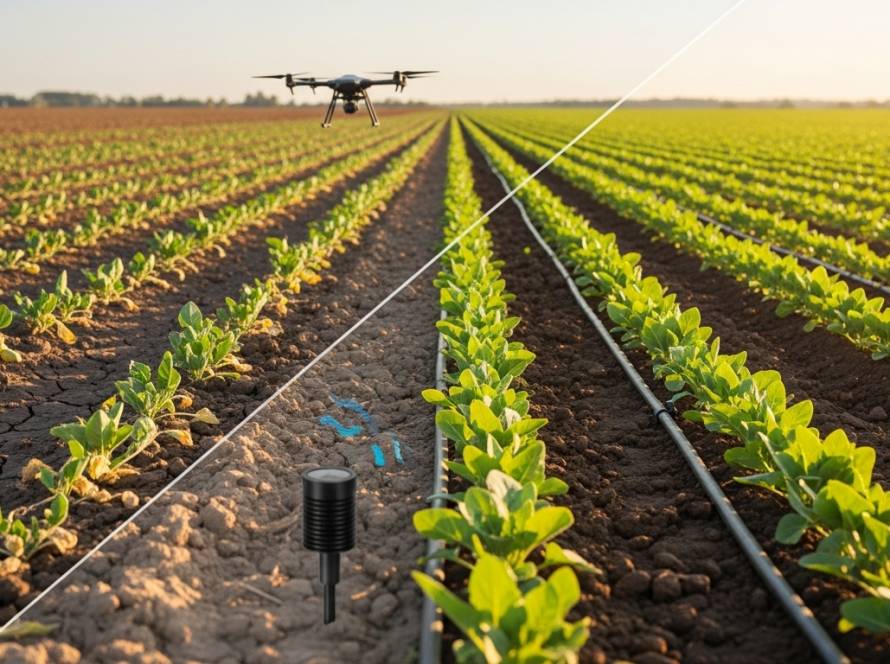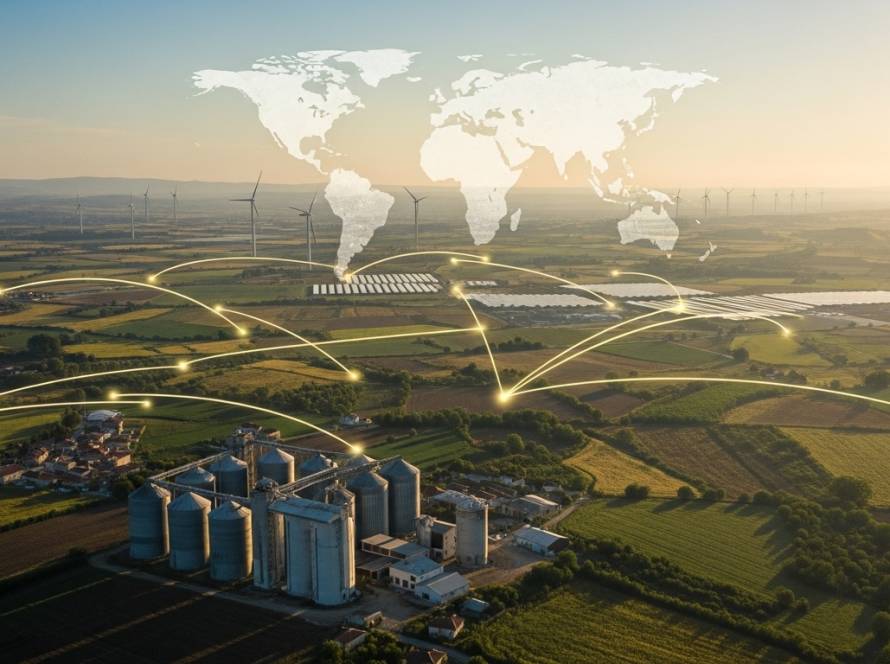Throughout history, agriculture has sustained humanity by domesticating the diversity offered by nature. However, modern agricultural practices have introduced methods that threaten this richness. Intensive production models dominated by monocultures have led to significant losses in soil, water, and agricultural genetic resources. Yet, the sustainable future of agriculture depends on preserving nature’s diversity and aligning it with production systems.
Why is Biodiversity Important?
Biodiversity is not just about having more species in nature. This diversity ensures that agricultural production is resilient to climate change, pests, diseases, and environmental pressures. Different plant species adapt to varying soil and climate conditions, reducing production risks. Additionally, pollinators, soil microorganisms, and wildlife are essential for the healthy functioning of agricultural ecosystems. These interdependent organisms contribute to production within nature’s own cycles.
The Impact of Modern Agriculture on Biodiversity
Unfortunately, industrialized agricultural systems often focus on a limited number of crop species and varieties. This leads to a loss of genetic diversity while promoting the one-sided use of soil and water resources. The use of pesticides and chemical fertilizers negatively impacts natural life in agricultural areas. This monoculture approach not only harms the environment but also makes producers economically vulnerable. When diversity is lost, production becomes dependent on specific conditions, amplifying potential risks.
What Can Be Done to Protect Agricultural Biodiversity?
Protecting agricultural biodiversity requires a combination of traditional and innovative approaches. First and foremost, preserving local seeds, heirloom varieties, and region-specific species is crucial. These seeds are natural resources adapted to the climate and soil of their regions. Implementing diverse crop patterns instead of relying on a few species helps maintain soil health and reduces pest pressure. Additionally, leaving natural habitats along field edges supports pollinators and other beneficial organisms.
The Power of Nature-Friendly Production Models
Agroecology, permaculture, and agroforestry are nature-friendly production models that prioritize biodiversity. In these systems, agriculture is practiced in harmony with nature’s cycles. Integrating trees with agricultural fields prevents soil erosion while providing habitats for various species. Using cover crops to avoid leaving soil bare improves soil health and enhances biological diversity. These methods ensure that production is not solely yield-focused but considers the entire ecosystem.
The Responsibility of Producers and Consumers
Protecting biodiversity is not solely the responsibility of farmers. Consumers are also a vital part of this process. Choosing local products and supporting seasonally grown, naturally produced foods contributes to the continuity of agricultural diversity. Furthermore, policymakers, educational institutions, and research centers play a critical role in creating policies that promote biodiversity, ensuring this transformation is sustainable.
Protecting Diversity is Protecting the Future
Biodiversity is not just nature’s wealth; it is an indispensable assurance for the sustainable future of agriculture and humanity. Losing diversity in agriculture weakens our connection with nature, starting with production itself. Strengthening this bond is only possible by safeguarding the diversity of soil, water, seeds, and life. It must not be forgotten that every species lost in nature is, in fact, a piece taken away from humanity’s future.





